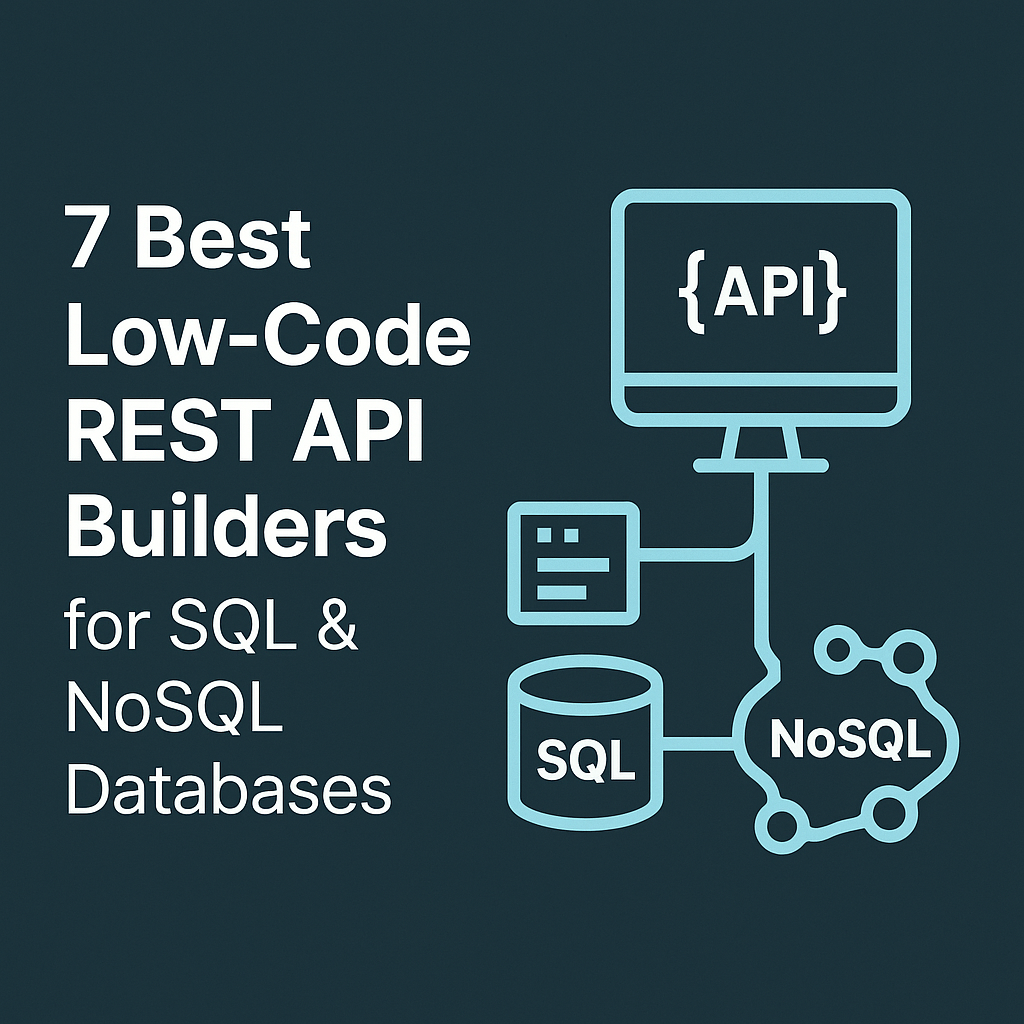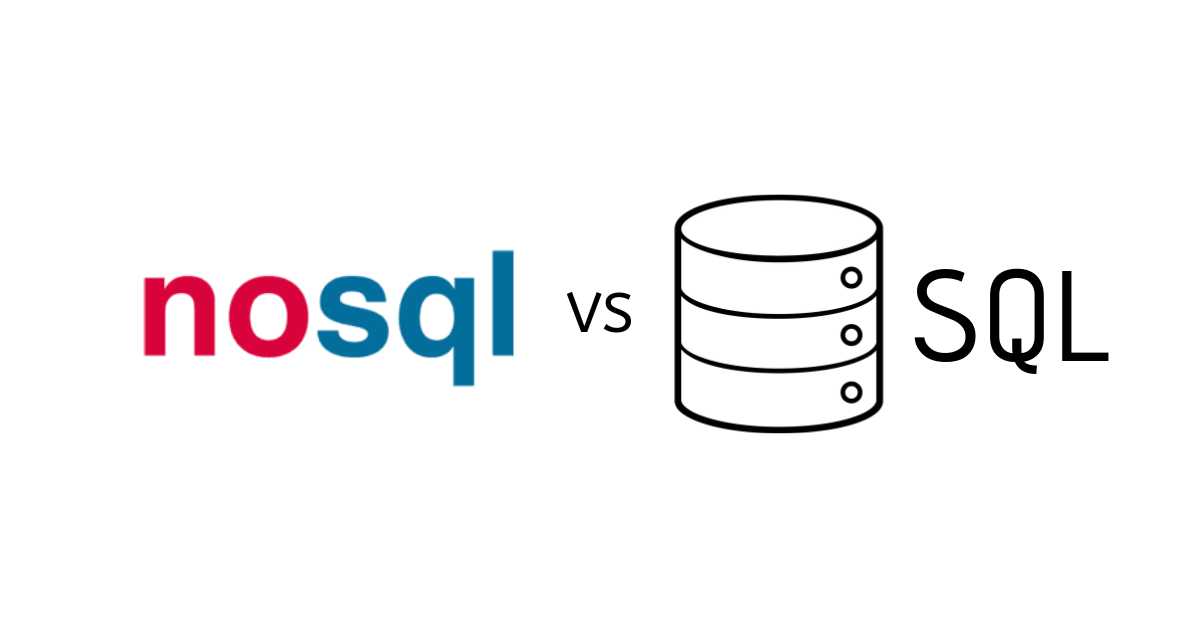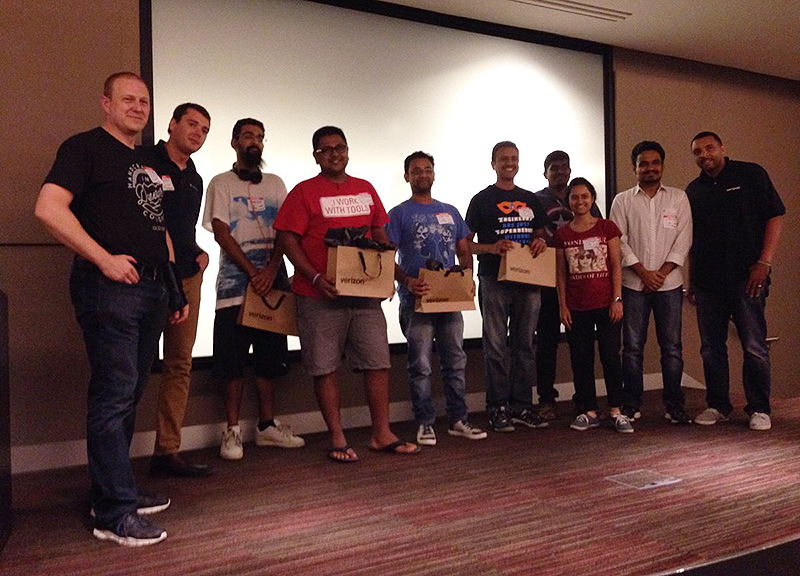
DevOps, DynamoDB, REST API, AWS, DreamFactory, NoSQL, Serverless APIs
DreamFactory DynamoDB: Instant REST APIs for AWS DynamoDB Without Code
DreamFactory eliminates DynamoDB’s SDK complexity by instantly generating secure REST APIs with RBAC, scripting, and auto-documentation—no code required.
by Kevin McGahey • December 9, 2025

REST API, SQL, DreamFactory, NoSQL, API Integration, Low Code, no code, SQL Databases, Rest API Builders
7 Best Low-Code REST API Builders for SQL & NoSQL Databases
by Kevin Hood • September 18, 2025

MySQL, API Management, Services, SQL, Uncategorized, DreamFactory, API Automation, NoSQL, Database, API
NoSQL vs SQL: Understand the Differences and Make the Best Choice
by Kevin McGahey • July 1, 2019

API Management, Services, DreamFactory, Meet Up, API Automation, NoSQL, Data Sources, API Design, SOAP, Database, Authentication, API
DreamFactory hackathon with Verizon Cloud and Mapquest
by Terence Bennett • July 6, 2018

MySQL, API Management, Services, DynamoDB, SQL, security, Redshift, REST, AWS, DreamFactory, API Automation, Azure, NoSQL, MongoDB, Data Sources, API Design, SOAP, Database, Authentication, API, CouchDB
NoSQL, No Problem!
by Terence Bennett • July 6, 2018

MySQL, SQL Server, API Management, Services, SQL, Redshift, REST, AWS, DreamFactory, API Automation, NoSQL, Data Sources, API Design, SOAP, Database, Microsoft SQL Server, Authentication, Microsoft Server, API
NoSQL, No Problem! - Operation Specifics
by Terence Bennett • July 6, 2018

























